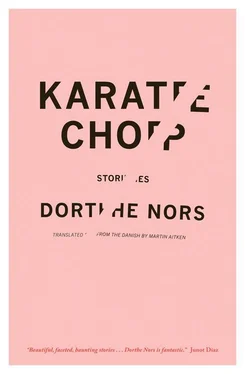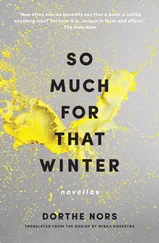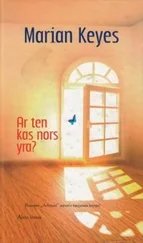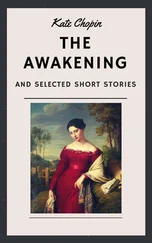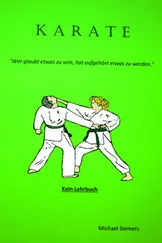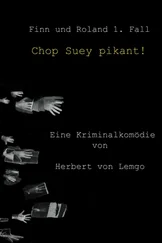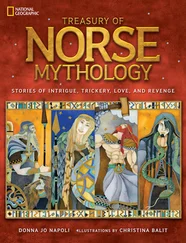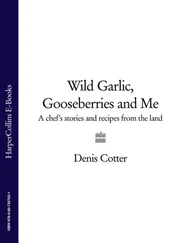We scrambled over the reeds that lay stacked in bundles on the other side of the dike and went down onto the beach. We walked through the fillet of crushed razor shells and out onto the wet sand. After we’d walked for a while, Mom started looking for small splinters of amber on the tide line. While she looked, I stood with my hands in my pockets watching the Germans farther up the beach. They were flying kites and parachutes, or squatting in the washed-up seaweed as though they’d just gotten out of their cars to pee, and I felt removed from them.
When we’d gone farther out into the Wadden Sea, Mom asked me if I knew where the Wadden Sea ended and began. The Wadden Sea is always shifting, but in the summer it was easy to tell the difference between land and sea. In summer the weather was fine and the breakers would be clearly visible, but in winter it was harder. One can get helplessly lost in the Wadden Sea. The local children knew, just like children in Sweden know that one can get lost in the forests, and children from inland Jutland have all heard about the great void that exists at the center of the rye fields. At certain times of day the Wadden Sea is like a big, wet sheet of gray cardboard that you couldn’t cover with block letters even if you had the rest of your life. Everyone knew that, yet Mom stood there poking her finger into it.
I said to her that we mustn’t forget to go back in. She said there was a place where you went from the artificial world into a life-giving zone. This was the Wadden Sea Void. That was the place we had to find, and she had the coordinates: a diagonal from Ribe Cathedral down through Mandø Island up to Sønderho and back again to the cathedral. It was a triangle like the one off Bermuda. Somewhere inside it, everything artificial about us would be taken away and what remained would be our essential selves.
We walked for a long time looking for the place. When we no longer could see the dunes, a bank of fog came and settled around us. I think we stopped going straight and started going in circles. Mom was in front, and I was behind her and lost my bearings and didn’t know what was inside or what was out. I looked for the kites, the parachutes, and the Germans, but saw nothing. I looked to see the direction the birds were flying, but it seemed random. All I wanted were warm, dry socks and gumboots, or my bed. After a while, Mom stopped and stood still with her back half-turned to me. She stood there with her eyes closed and her hair down. Then she pointed into the fog. She pointed into it like it was a piece of psychology. She said the Wadden Sea was an image in the mind’s eye, and that she was glad I wanted to go with her into it.
I wish to thank the Danish Arts Council and the Danish Arts Agency for supporting this book with grants, and writer Knud Sørensen and the Danish Center for Writers and Translators at Hald Hovedgaard for housing me during the writing. Thanks to Julie Paludan-Müller, Brigid Hughes, Fiona McCrae, Fiona Maazel, and other book people and writers in the United States and Denmark who cheered and boosted me as I went along. A special thanks to my working partner, translator Martin Aitken. And last but not least: thank you to my family and friends.
TRANSLATOR’S ACKNOWLEDGMENTS
Thanks to Brigid Hughes and Fiona McCrae for their intrepid publishing, to the Danish Arts Council for its generous support, to Dorthe Nors for her magnificent stories and seamless collaboration — and to my son, Gustav, for such tireless good cheer.
DORTHE NORSwas born in 1970 in Denmark. The author of five novels, in 2011 she received the Danish Arts Agency’s Three Year Grant for her “unusual and extraordinary production and her unusual and extraordinary talent.” This is her first book to be published in English. She lives in Jutland.
MARTIN AITKENwas born in 1961 in the UK. His translations from Danish have appeared in book form as well as in countless literary magazines. In 2012 he received the American-Scandinavian Foundation’s Nadia Christensen Translation Prize. He lives in rural Denmark.
